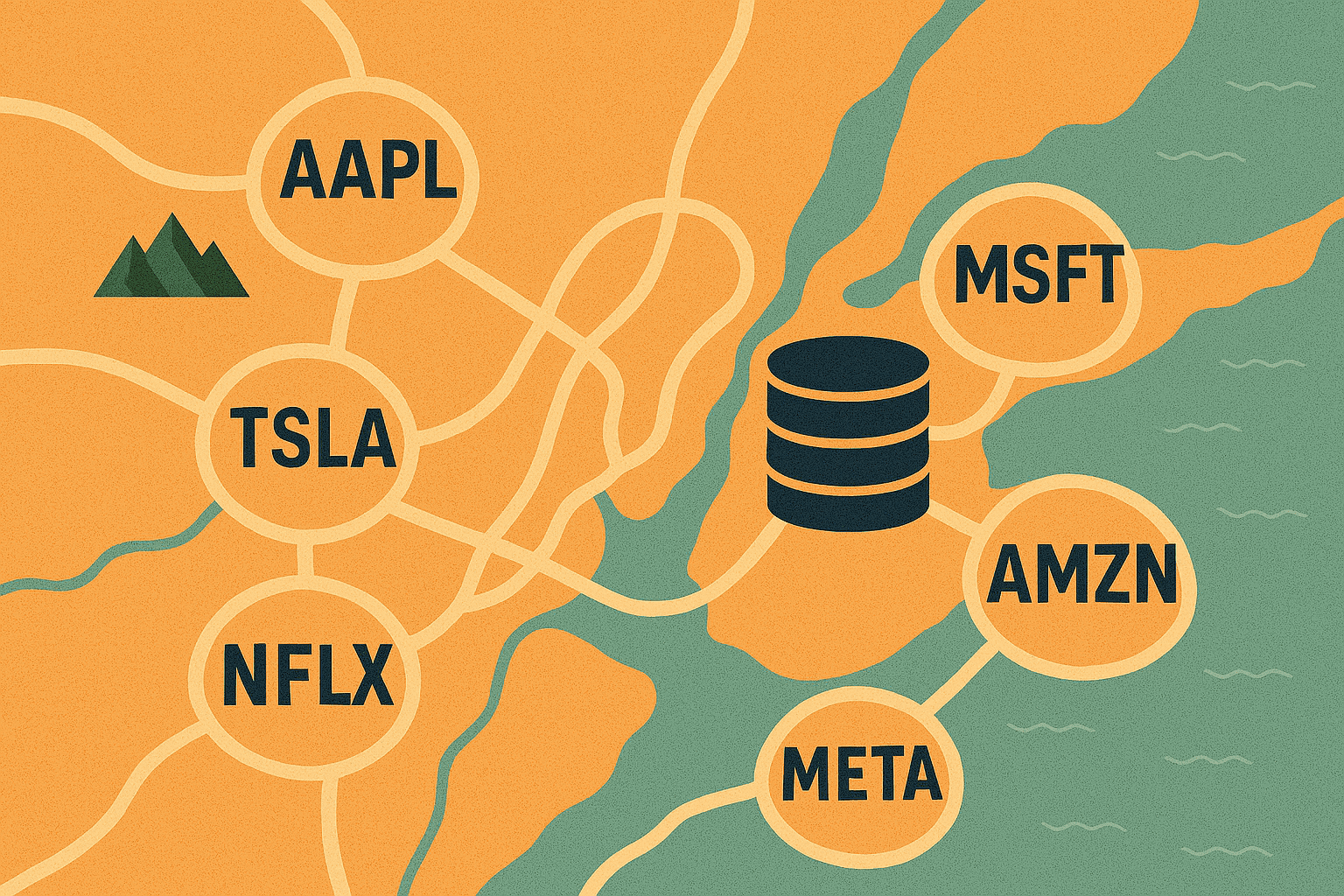The Strategic Imperative of Data Sourcing in Alternative Data for Buyside Firms
As the use of alternative data becomes central to the alpha generation process, buyside firms are investing heavily in building out their data infrastructure. At the heart of this transformation lies the data sourcing function — a critical, evolving discipline that bridges investment teams, data vendors, and compliance professionals.
According to Eagle Alpha’s surveys of buyside firms, data sourcing is now one of the fastest-growing cost lines for asset managers. As the number and cost of datasets rise, sourcing has shifted from an ad-hoc task to a core function within the investment process. More mature firms tend to have dedicated staff responsible for identifying, evaluating, and procuring data, which allows them to negotiate better prices and achieve higher ROI.
Why a Strong Data Sourcing Workflow Matters
The alternative data lifecycle typically involves six key phases: initiation, screening, assessment, integration, ongoing management, and eventual retirement of data sources. Each step requires collaboration between investment professionals, engineers, and legal teams to ensure that datasets align with strategic objectives and meet compliance standards.
Successful data sourcing teams often start with a clear purpose, secure top-down buy-in, and build scalable workflows. According to McKinsey, having a dedicated data scout or strategist is essential. These individuals liaise between business and technical teams, prioritize datasets, and ensure that integration efforts yield measurable alpha.
Internal Teams vs. Outsourcing: Choosing the Right Path
Some buyside firms, like Balyasny and Fidelity, have built extensive internal sourcing and integration teams, while others opt to outsource parts of the workflow. Outsourcing is particularly popular among firms that face onboarding delays or lack internal data engineering capacity.
In fact, according to Nasdaq research, 61% of firms satisfied with their data strategy outsource some part of the process — compared to just 36% of dissatisfied firms. Marketplaces and aggregators like Eagle Alpha help streamline this outsourcing by handling vendor discovery, sample profiling, onboarding, and contract negotiation.
Challenges in Data Discovery and How to Overcome Them
Both seasoned and recent adopters of alternative data cite discovery and prioritization as major hurdles. Issues range from identifying quality sources and managing disparate data formats to evaluating potential alpha contribution and ensuring reliable delivery.
Best practices involve assessing datasets for breadth, depth, historical accuracy, cost-efficiency, and legal risks. Key considerations include coverage by ticker, delivery mechanism (API vs. FTP), backtesting potential, vendor reliability, and regulatory exposure.
The Emergence of AI Applications
The emergence of generative AI tools like GPT (Generative Pre-trained Transformer) and Perplexity AI is transforming how asset managers source alternative data. These technologies offer powerful capabilities for rapid information retrieval, natural language search, and contextual understanding — allowing data teams to more efficiently identify relevant datasets, vendors, and use cases. GPT-based tools, in particular, can automate parts of the discovery process by summarizing vendor offerings, scanning public sources for new datasets, and even drafting due diligence questionnaires, all within a fraction of the time it would take manually.
Perplexity AI, which functions as a conversational search engine, is increasingly being used by analysts and data strategists to explore market trends, uncover niche data providers, and gather intelligence on dataset usage across industries. By querying Perplexity with natural language prompts like “What is the best dataset for retail foot traffic in emerging markets?” users can access summarized, real-time information aggregated from trusted sources. This reduces the need to parse long vendor brochures or attend multiple conferences just to find a relevant provider — accelerating the early phases of the sourcing workflow.
Integrating GPT models directly into internal data workflows also enables teams to streamline internal communications and knowledge sharing. For example, GPT can be used to classify inbound vendor pitches, match dataset descriptions to investment use cases, or automatically generate dataset metadata for internal catalogs. As these tools continue to evolve, their ability to augment the human element of data sourcing — without replacing domain expertise — is becoming a competitive advantage for firms that are early adopters. When paired with strong governance and human oversight, AI-powered discovery offers a scalable path forward in an increasingly crowded data landscape.
Navigating Legal and Compliance Complexities
With growing scrutiny from the SEC, legal and compliance teams now play a larger role in data sourcing. Regulators want to see that firms have robust, dataset-specific policies and procedures, not just generic research compliance frameworks.
Firms are encouraged to use due diligence questionnaires (DDQs), maintain documentation trails, and regularly reassess vendors. Legal experts recommend moving away from simplistic risk-rating systems and instead focus on detailed, risk-based assessments for each data provider.
Real-World Case Studies from Leading Buyside Firms
Top asset managers offer valuable insight into how data sourcing is implemented in practice:
- Acadian emphasizes dataset breadth and uniqueness as key criteria for selection.
- AQR has built a massive cloud-based data infrastructure, sourcing and validating historical datasets with high precision.
- CFM combines high-frequency research with academic rigor and robust simulation capabilities.
- Fidelity consolidates petabytes of structured and unstructured data into a unified analytics platform.
- WorldQuant built a dedicated Data Exchange platform to streamline vendor engagement and onboarding.
These firms highlight the diversity of approaches, but all agree on one point: data sourcing is not just a technical process — it’s a strategic asset.
Final Thoughts: The Future of Data Sourcing in Asset Management
With dataset prices rising and compliance stakes growing, data sourcing has evolved from a niche role into a mission-critical function. Whether through internal scouts or outsourced platforms, firms must develop repeatable, scalable sourcing strategies to stay competitive.
As alternative data becomes more accessible and diverse, the buyside must focus on strategic vendor relationships, rigorous compliance, and collaborative workflows to turn data into actionable investment insights.





